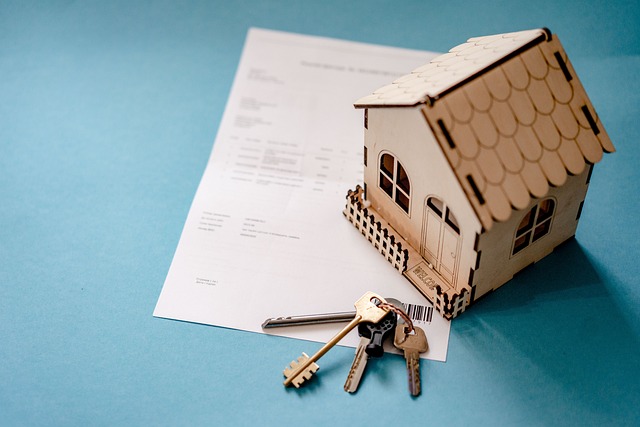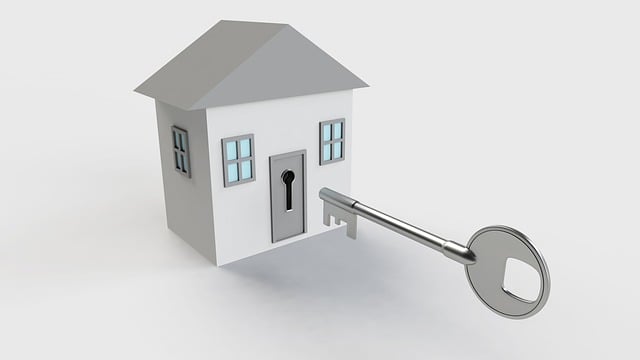In the dynamic real estate market, going beyond initial costs is crucial for informed decisions. Hidden expenses like property taxes, insurance, and maintenance can greatly impact long-term financial commitments. Buyers must be aware of these variables to avoid cash flow issues from unexpected bills or renovations. Strategies to manage increased payments include budget tweaks, improving credit, refinancing, exploring government assistance, and boosting income. Staying proactive ensures financial stability for homeowners navigating rising real estate costs.
In today’s competitive real estate market, understanding hidden costs is crucial before sealing that property deal. This article delves into the impact of added costs on monthly payments, revealing how these unforeseen expenses can significantly affect homeowners’ financial plans. We explore strategies to mitigate and manage these increased costs, providing valuable insights for both prospective buyers and existing owners in navigating the complexities of real estate financial management.
Understanding Added Costs in Real Estate: Unveiling the Hidden Expenses

In the dynamic world of real estate, understanding every nuance and cost associated with purchasing or renting a property is paramount. While the initial purchase price or monthly rent often dominates discussions, there are additional expenses that can significantly impact your financial burden, especially over time. These “added costs” include various fees and charges that may not be immediately apparent but contribute to the overall financial commitment of owning or occupying a piece of real estate.
From property taxes and insurance premiums to maintenance and repair expenditures, these hidden expenses can vary widely depending on factors such as location, property type, and age. For instance, homes in certain areas might have higher property tax rates, while older buildings may require more frequent repairs and upgrades. Being aware of these added costs is crucial for prospective buyers or renters to make informed decisions, ensuring their budget accurately reflects the full scope of their financial obligations in the real estate market.
The Impact on Monthly Payments: A Financial Deep Dive

When additional costs are factored into the mix, they can significantly alter the trajectory of monthly payments in the real estate sector. These extra expenses, often unforeseen, can range from maintenance and repair fees to property taxes and insurance premiums. The cumulative effect of such variables can lead to a substantial increase in what buyers are required to pay each month. This is especially true for long-term mortgages where even seemingly minor adjustments can add up over time.
For instance, consider a scenario where a property owner faces a sudden surge in utility bills due to aging infrastructure or an unexpected home renovation project. These additional costs, when added to the existing mortgage payment, can cause a strain on monthly cash flow. As such, prospective homebuyers and current owners alike must be cognizant of these potential financial burdens, ensuring they have adequate savings or alternative financing options to navigate any unforeseen challenges without compromising their overall financial stability.
Strategies to Mitigate and Manage Increased Costs for Homeowners

When facing increased costs that translate into higher monthly payments, homeowners have several strategies at their disposal to mitigate and manage this financial burden. One effective approach is to reassess their budget and identify areas where adjustments can be made. This might involve cutting back on non-essential expenses or negotiating better terms with service providers. Many homeowners also consider improving their credit score, as doing so can lead to more favorable loan terms and lower interest rates over time.
Additionally, exploring options within the real estate market can provide relief. Refinancing a mortgage to secure a lower interest rate can significantly reduce monthly payments. Homeowners should also stay informed about government programs or incentives designed to assist with housing costs, especially during economic downturns. Lastly, increasing income through side hustles or career advancements offers a more sustainable solution, ensuring financial stability in the long term.






